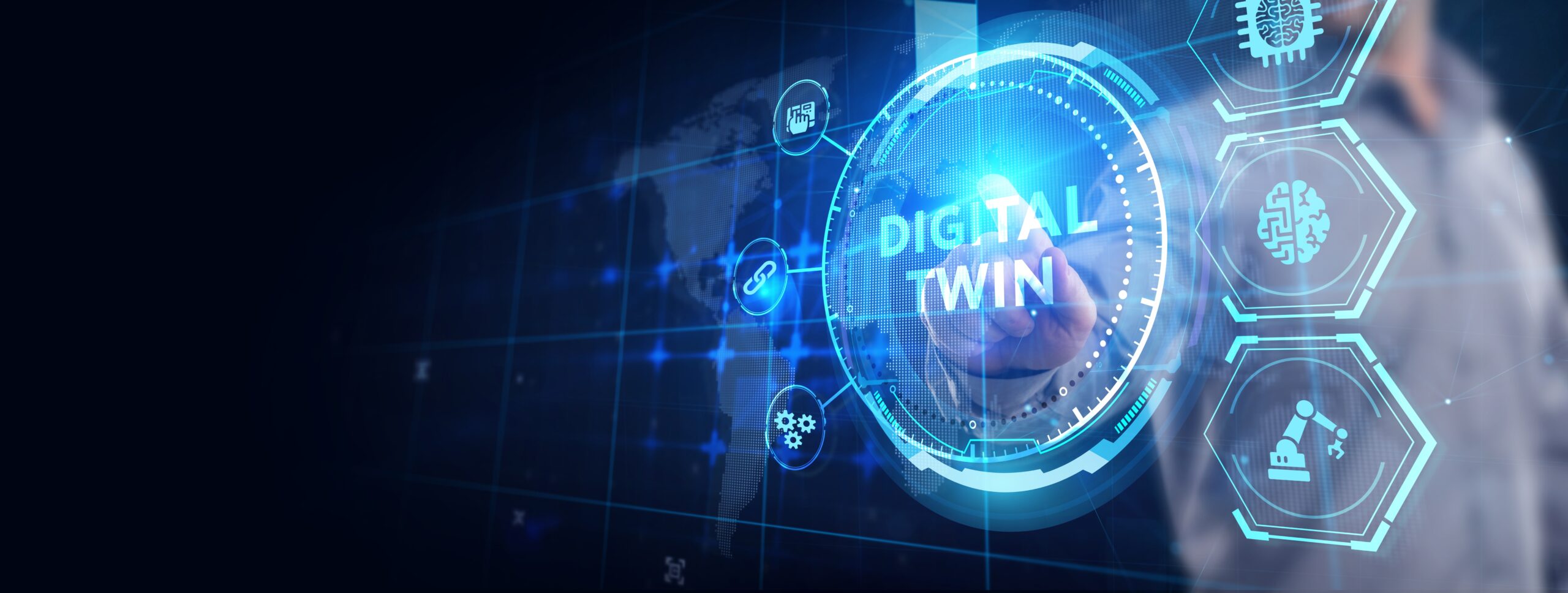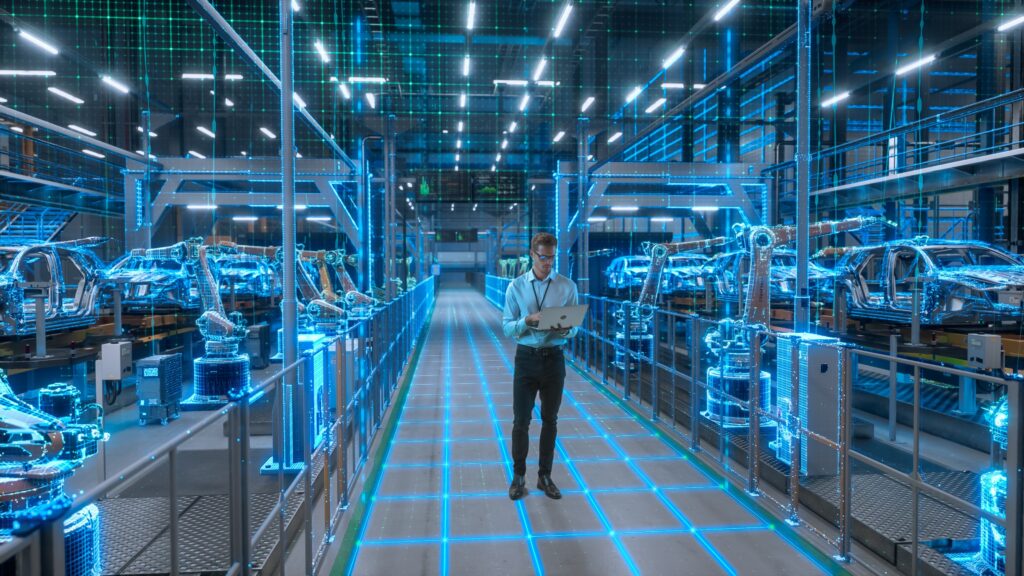
Digital Twins Explained: Why They’re More Than Just a Buzzword
“Digital twins” may sound like the latest tech buzzword, but they’re much more than marketing hype. In fact, digital twins are transforming industries — from manufacturing and construction to healthcare and smart cities. A digital twin is a virtual replica of a real-world object, process or system. But it’s not just a 3D model — it’s alive with data, constantly updating to mirror its physical counterpart. This article breaks down what digital twins are, how they work, and why they’re driving smarter decision-making in the real world.
Outline
- What Is a Digital Twin?
- How Does It Work?
- Digital Twins vs Simulation: What’s the Difference?
- Where Digital Twins Are Being Used Today
- Benefits of Digital Twins
- Challenges and Considerations
- The Future of Digital Twins
- Final Thoughts: The Real Power of Virtual Worlds
What Is a Digital Twin?
A digital twin is a virtual representation of a physical object, system or process, powered by real-time data.
This twin is more than just a visual replica — it behaves like the real thing. As the physical object changes, so does the digital version, thanks to live sensor data, analytics and machine learning.
💡 If the physical world is the stage, the digital twin is the smart mirror reflecting every move — and helping predict the next one.
How Does It Work?
Here’s how digital twins come to life:
1. Build the Model
Create a detailed digital version of a physical asset — this could be a jet engine, a factory, or an entire city.
2. Connect with Real-Time Data
Use sensors to stream data (e.g. temperature, pressure, usage, movement) from the physical object to the twin.
3. Analyse and Predict
Apply AI, machine learning, and data analytics to simulate behaviour, forecast outcomes, and test scenarios.
4. Iterate and Improve
Use insights from the digital twin to make better decisions in the real world — and feed that data back into the model.
Digital Twins vs Simulation: What’s the Difference?
While both are digital models, there’s a key difference:
| Feature | Simulation | Digital Twin |
|---|---|---|
| Real-time updates | Usually not | Yes, continuous data feeds |
| Reflects current state | No — based on static inputs | Yes — mirrors physical reality |
| Bi-directional flow | One-way (test only) | Two-way (real-world ↔ virtual) |
| Lifecycle use | Often used once | Used throughout the asset lifecycle |
Think of a simulation as a snapshot. A digital twin is a live feed.

Where Digital Twins Are Being Used Today
Digital twins are already making a big impact in several industries:
Manufacturing & Industry 4.0
- Monitor equipment performance in real-time
- Predict machine failures and plan maintenance
- Test factory layouts without physical changes
Smart Cities & Infrastructure
- Manage traffic and utilities with up-to-date models
- Monitor air quality, noise, and crowd flow
- Plan urban development with simulations
Automotive & Aerospace
- Optimise vehicle performance before production
- Test safety features virtually
- Improve after-sales service with usage data
Healthcare
- Create patient-specific digital twins (e.g. organs or hearts)
- Plan surgeries and test treatments in silico
- Track chronic conditions in real time
Energy & Environment
- Model wind farms or power grids
- Predict faults in oil pipelines or turbines
- Monitor environmental impact and emissions
Benefits of Digital Twins
Real-Time Visibility
Know exactly what’s happening — right now.
Better Decision-Making
Test “what if” scenarios before acting in the real world.
Cost Savings
Spot issues early, reduce downtime, optimise resource use.
Innovation & Speed
Accelerate R&D, testing, and deployment without real-world risk.
Sustainability
Track environmental performance, reduce waste, and plan greener systems.
Digital twins help organisations move from reactive to predictive — and even prescriptive — strategies.
Challenges and Considerations
Digital twins offer major value — but they’re not without hurdles:
Data Integration
Bringing together data from multiple sources and systems can be complex.
Privacy & Security
Twins often rely on sensitive, real-time data — securing that information is crucial.
Upfront Cost
Building a digital twin can be expensive and resource-intensive.
Standardisation
There’s no universal framework yet — interoperability is still evolving.
A thoughtful strategy is essential to avoid digital chaos.
The Future of Digital Twins
As AI, 5G, and edge computing mature, digital twins will become:
- Smarter – more autonomous, learning and adapting on their own
- Scalable – moving from single assets to networked systems
- More personal – with digital twins of individuals supporting healthcare and wellbeing
- Standardised – enabling easier collaboration across platforms and industries
We’re heading towards a world where digital twins exist not just for machines — but for organisations, ecosystems, and even economies.
Final Thoughts: The Real Power of Virtual Worlds
Digital twins are not just digital gimmicks or fancy models — they’re tools for understanding and improving reality.
From preventing breakdowns to planning better cities and providing safer surgeries, these dynamic replicas are helping organisations move faster, smarter, and with greater confidence.
The best digital twins don’t just reflect the present — they help shape the future.